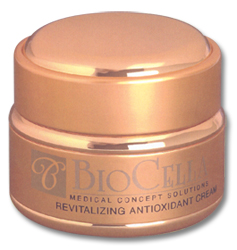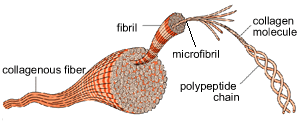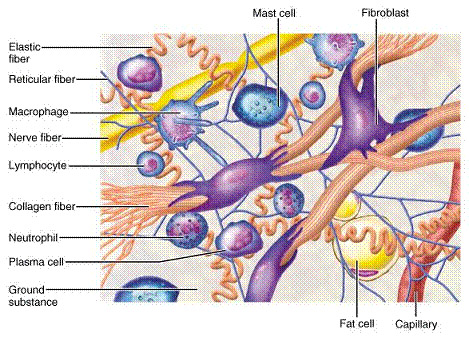During the course of energy metabolism, mitochondria combine hydrogen with oxygen to produce water. This involves the transfer of electrons along a complex pathway that generates energy. Normally these electrons stay within this chemical pathway, but every now and then some leakage occurs. The escaping electrons are picked up by nearby molecules to form free radicals such as O2- , OH-. Metabolism is not the only cause of free radical formation U.V. radiation and pollution are just two other ways that free radicals can form.

Important as antioxidants are, the cosmetics industry and dietary supplement makers would like us to believe that they are the miracle discovery of the twenty first century.
Advertisements seduce us with jargon such as 'plant polyphenols' and 'free-radical scavengers' and promise us 'natural herbal extracts' that keep our skin young-looking and wrinkle-free. Such herbal extracts promise to keep us fit and healthy and protect us from heart disease and cancer. Some adverts even promise to help us live up to 60% longer, 60% longer than what?
Obviously this all sounds fantastic but we must awaken the skeptic in all of us and ask some probing questions. We are even told that all these claims are backed by scientific research. Just the mention of the words "scientific research" leaves us defenceless and vulnerable to the suggestive powers of advertising.

Red wine is a rich source of plant antioxidants. We are told the French enjoy a lower rate of certain cancers due to their love of red wine. It is more to do with their lifestyle than the antioxidants in red wine.
A cosmetic cream rich in plant antioxidants will not necessarily deliver these chemicals to where they are required most. The skin is a very good barrier.



Consider the diagram of the skin on the left, source unknown. Two very importnat fibers are obvious elastic and collagen fibers.
Read widely and answer the questions below.
Collagen is produced by the
Elastin is a protein that forms elastic fibers and is produced by the
Blood is brought to the skin by
The thick liquid bathing the many components of the skin
is known as the
Cells responsible for protecting against infection include
The fibers that connect the many cells together and forms a somewhat soft skeleton are the